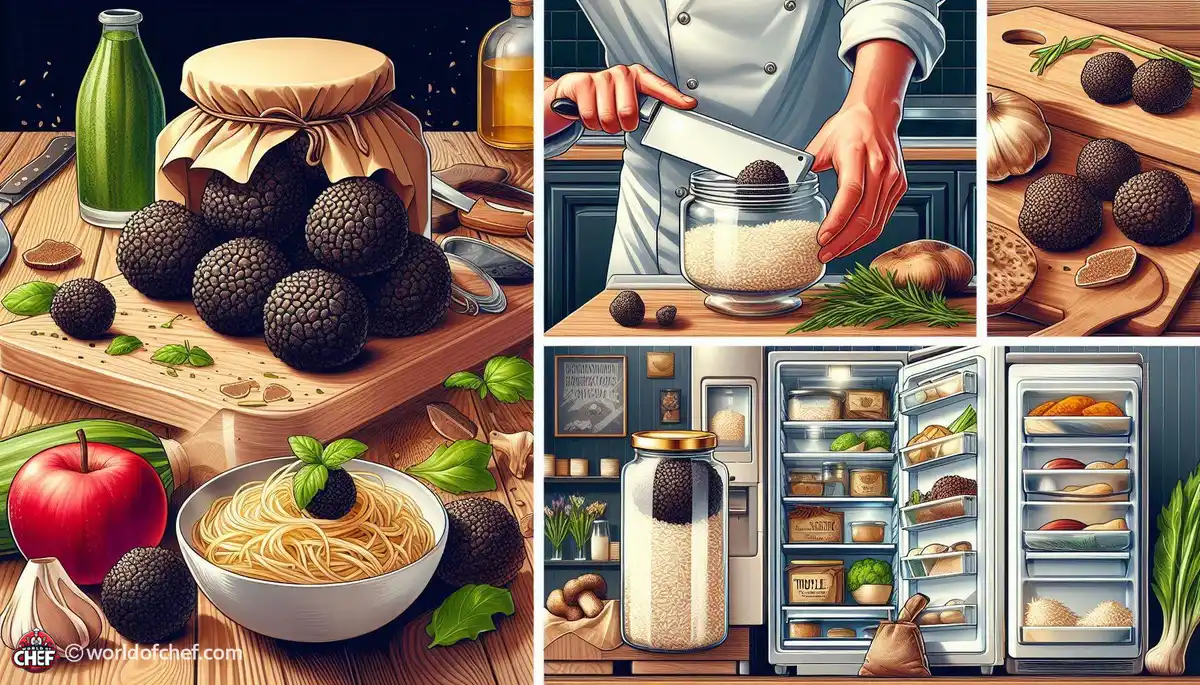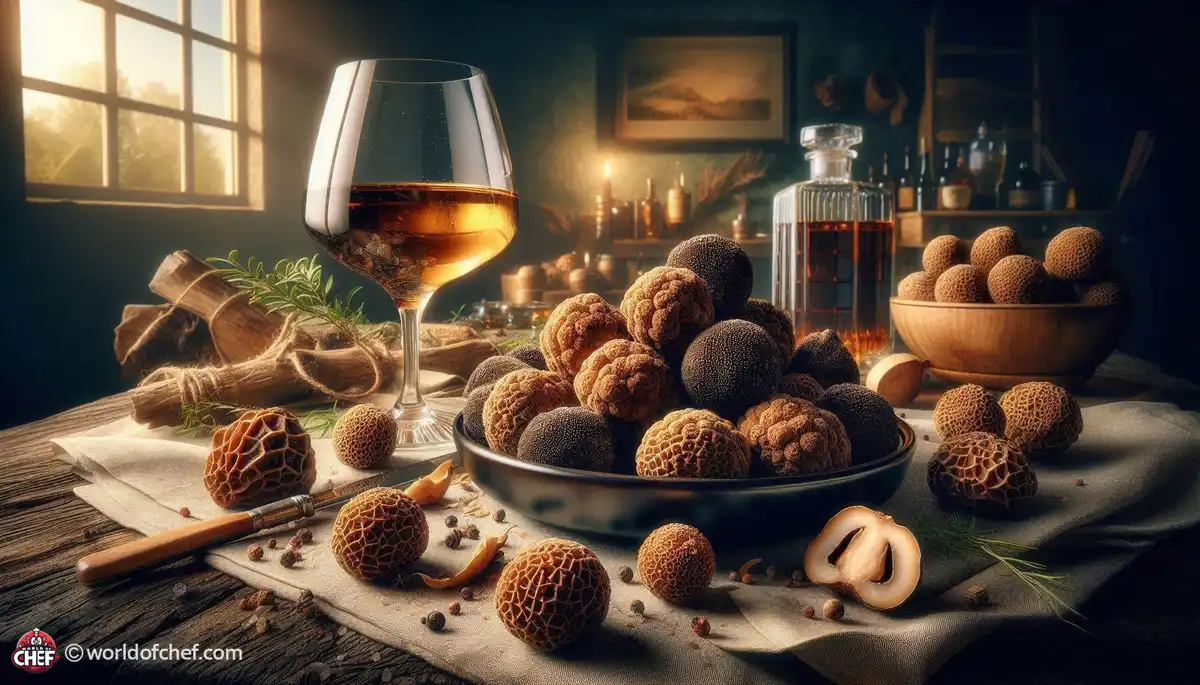
Unveiling the Mystique of Belgian Truffles: What Sets Them Apart?
Julia Du - Oct 12, 2024 - 7 min read


Truffles are the most valued jewels of the culinary world, which is valued for its earthy fragrance, strong taste, and luxurious appeal. They are underground fungi that develop symbiotically with the roots of certain trees. This fungus has a characteristic flavor profile that can vary from subtly sweet to pungently savory depending upon the type and age. Due to their delicacy, much care needs to be taken during handling and storage to keep them fresh and flavorful.
The journey of the truffle from the forest to the fork is an interesting tale of patience and precision. For the most part, truffles are harvested between fall and winter seasons and need hunters supervised by trained dogs or pigs to dig them out from the earth. Once harvested, they embark on a long journey to reach the kitchens of gourmet lovers all around the world. Understanding this lifecycle becomes essential for the optimal storage and freshness of truffles.
Truffles hold freshness in a delicate balance of a few factors. The temperature, humidity, and air circulation significantly contribute in keeping flavors and aromas fresh. Such truffles are highly perishable and become moist, develop molds, and degradation, if not kept properly. By proper knowledge of the same, one may unlock the door for a possible longer shelf life of these gastronomic world treasures.
The temperature required to store truffles is very sensitive. Truffles like cool temperatures, though not freezing. Ideal storage temperatures should be between 35°F and 45°F (1.5°C and 7°C). One should not freeze the truffles because freezing them causes the texture to change, and flavor is lost. Instead, refrigeration keeps the delicate taste intact.
The moisture of the truffles is maintained greatly because of humidity levels. But though they love humid atmospheres, overmoisture contributes to mold development and spoilage. Try and keep humidity around 90% to 95%. Keeping them in an airtight container, perhaps lined with paper towels or even in a rice-filled container can work quite well.
Choose the appropriate packaging for truffles to prevent them from spoiling. Use mesh bags or perforated containers to ensure air circulation but prevent moisture accumulation. Avoid storing truffles in plastic bags or airtight containers as they can trap moisture and cause the truffles to spoil quickly. Additionally, do not wash truffles before using them as excess moisture hastens decay.
Truffles require handling with care, as they can easily break, and therefore need some care in their handling. Cleanly prepared hands or gloves must always be used to avoid contaminating the truffle during its handling. Dirt should then be gently removed with the help of a soft brush or cloth without scrubbing, because truffles behave just like sponges which soak up flavors and scents from the atmosphere and have to be stored with odor-free foods far away from onions or cheese, among others.
The truffles should be turned regularly to ensure equal exposure to air and prevent moisture buildup. It is recommended to store them in a single layer without overcrowding to maximize air circulation. Periodically check them for decay or mold and discard the bad ones immediately to avoid spreading the contamination. The rotation system will enable you to enjoy your stash for a longer period at peak freshness.
One is to eat the truffle fresh because to really get the taste, one should use them fresh. Include them in meals that help bring out the flavor in dishes like risottos, pasta, or scrambled eggs. They may also help turn something simple like mashed potatoes or popcorn into something gourmet. Play around with cooking techniques and unlock its full flavor and indulge in a culinary experience like no other.
The preservation of truffles is at best an art and science. It requires subtlety and consciousness of their peculiarity but also attention to detail. MASTER THE STORAGE ART BEST PRACTICES \\-\\- DOCUMENT PUTTING YOUR CREATIVITY IN THE GASTRONOMY TO THE MAXIMUM. Whether you're a seasoned chef or an adventurous home cook, taking this culinary journey will no doubt thrill your taste buds and rekindle the fire in your soul for the culinary arts. Take each moment and every bite to heart because that's the essence of the truffle-a treasure indeed.

Julia Du - Oct 12, 2024 - 7 min read

Harold Turcios - Oct 12, 2024 - 10 min read

Eloise Jester - Oct 11, 2024 - 7 min read

Frank Sato - Oct 11, 2024 - 6 min read